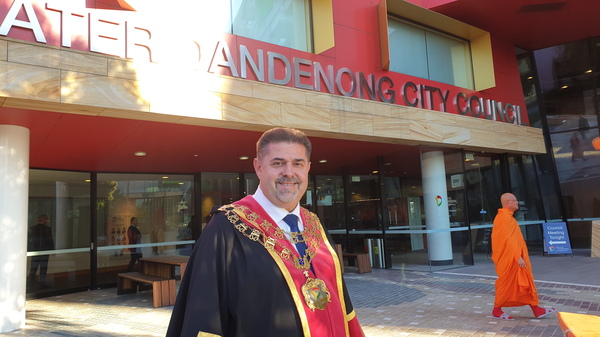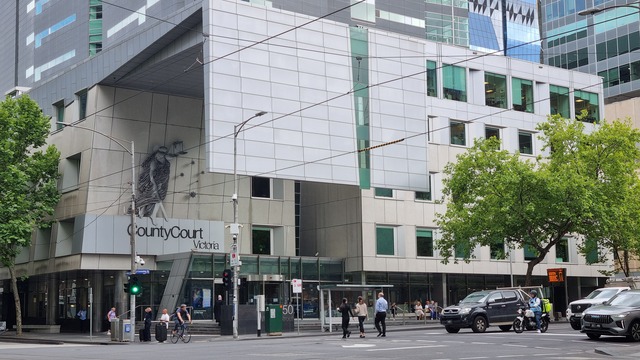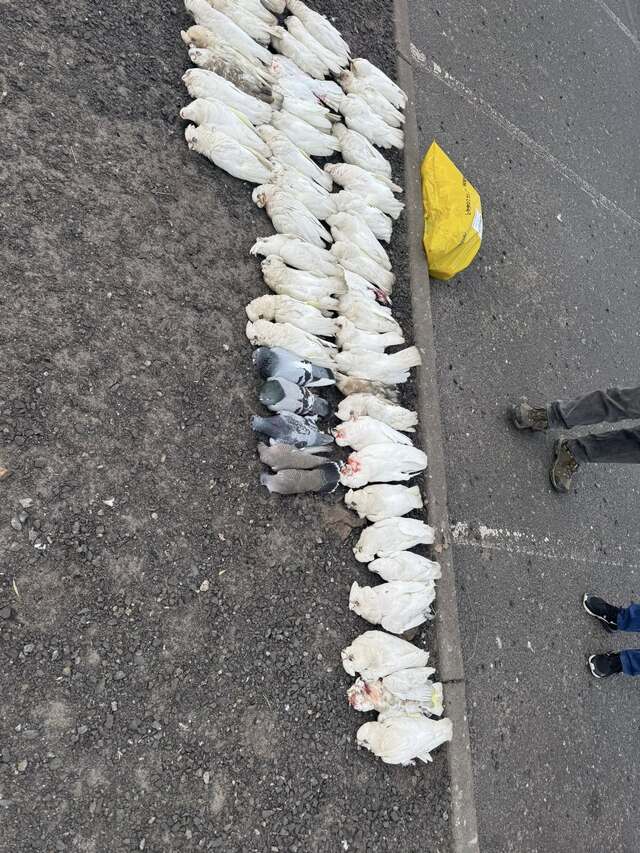Greater Dandenong mayor Jim Memeti says the council’s industrial-2 zone for the most hazardous industries should be moved out of residential suburbs.
His comments come after a controversial waste-to-energy plant in the Dandenong South zone was granted works approval by the Environment Protection Authority Victoria.
The plant – which was assessed as posing “negligable” health risks – will incinerate 100,000 tonnes of waste a year within 1.4 kilometres of Mt Hira College and homes.
The separation distance was assessed as acceptable by the EPA despite a mandated 1.5-kilometre buffer between the industrial-2 zone and homes, schools and other sensitive uses.
Within five kilometres are two primary schools, two colleges, three kindergartens and a maternal and child health centre.
Cr Memeti said he shared residents’ concerns about the plant’s location.
“It’s too close to the Mt Hira school and the residents in the Keysborough South estates and Dandenong South.
“I think the State Government seriously needs to look at relocating the industrial-two zone out of Melbourne metro suburbs.”
In the past, the Government has rejected calls from Greater Dandenong Council and residents to relocate a toxic-waste dump from Lyndhurst.
The Government argued it was too expensive to transport waste into regional areas, Cr Memeti said.
“We have to weigh up how close we have these industries to people.
“When that industrial-two zone was mapped out, the population of Greater Dandenong was only 100,000.
“With the population growth, we probably shouldn’t have allowed schools and residences to come so close.
“And we are now 165,000 people and still growing – these are the concerns I have.”
Cr Memeti wasn’t sure of the impact of the EPA’s decision on Greater Dandenong’s opposition to the project at a planning hearing at VCAT on 27 July.
“I haven’t yet read the EPA report, so I don’t know.”
He hoped VCAT would take into account the proximity of schools and homes.
Cr Maria Sampey, who led the council’s resistance to the plant, said the EPA’s support appeared a “done deal from the start”.
“I’m just disappointed in them because they’ve never got back to (Greater Dandenong Council) about our concerns. And now they’ve made an announcement that there’s not a problem.”
In its findings, the EPA stated the “potential air emissions … pose negligible risk to human health”.
The proposed air emission, odour and noise pollution controls were “consistent with international best practice standards of the European Union”.
As part of “stringent conditions”, proponent Great Southern Waste Technologies must monitor emissions such as particulate matter (PM2.5 and PM10), polycyclic aromatic hydrocarbons, polychlorinated biphenyls, volatile organic compounds, dioxins and furans.
It must also monitor carbon monoxide, mercury, sulfur dioxide, hydrogen fluoride and oxides of nitrogen emissions.
The plant would process 100,000 tonnes a year of municipal household solid waste, commercial and industrial waste to produce 7.9 MW of electricity to the grid.
Municipal household waste, which would be diverted from landfill, was estimated to make up 80 per cent of the feeder material.
The EPA’s works approval is subject to an audit of the plant’s final detailed design and meeting “world’s best environmental practice standards”.
The plant’s air emission pollution controls must be “upgradable” to meet stricter emission limits in the future, according to the EPA’s conditions.







